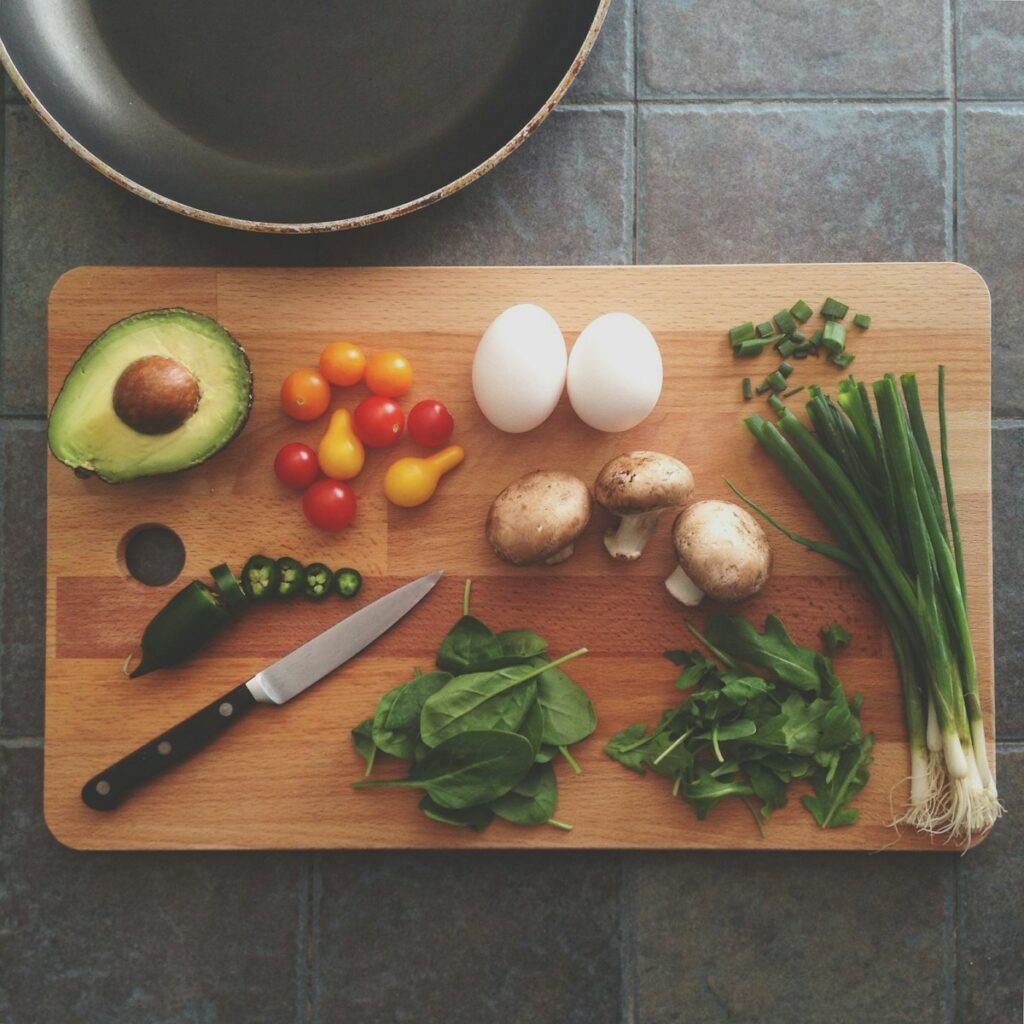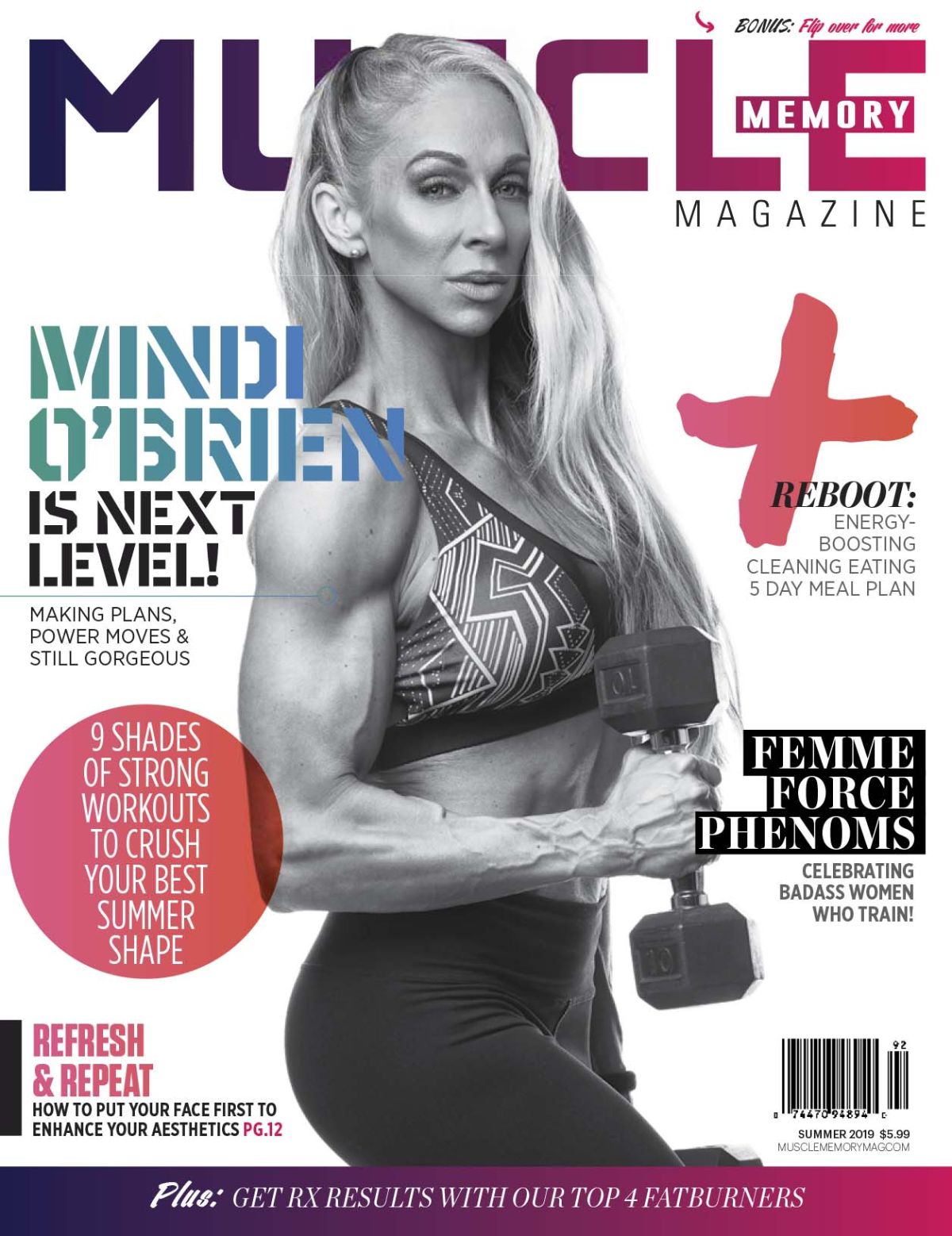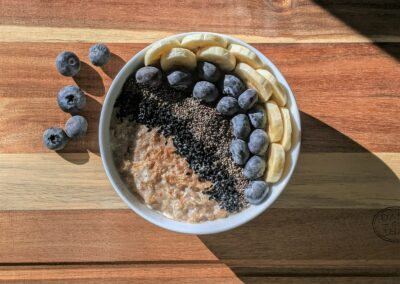Creating a balanced plate is an important aspect of maintaining optimal nutrition. Not only does it help to ensure that you are getting all of the essential nutrients that your body needs to function properly, but it can also help to prevent overconsumption and weight gain. In this article, we will go over the steps to create a balanced plate for optimal nutrition. By following these guidelines, you can feel confident that you are nourishing your body with the right mix of nutrients.
The importance of a healthy diet

A healthy diet is important for a number of reasons. First and foremost, it provides the nutrients that your body needs to function properly. These nutrients include vitamins, minerals, and macronutrients such as carbohydrates, proteins, and fats. When you consume a healthy and balanced diet, you are able to get all of the nutrients that your body needs to maintain good health.
In addition to providing necessary nutrients, a healthy diet can also help to prevent a number of health conditions. For example, eating a diet rich in fruits and vegetables has been shown to reduce the risk of heart disease, high blood pressure, and certain types of cancer. A healthy diet can also help to maintain a healthy weight, which can reduce the risk of obesity and associated health problems such as type 2 diabetes and high cholesterol.
Overall, a healthy diet is essential for maintaining good physical and mental health. By making healthy food choices, you can nourish your body and mind, and improve your overall quality of life.
Understanding the different food groups and their nutritional benefits

There are several different food groups, each with its own unique set of nutrients and health benefits. Understanding the different food groups and their nutritional benefits can help you create a balanced plate and get all of the nutrients that your body needs.
Here is a brief overview of the different food groups and their nutritional benefits:
Fruits: Fruits are rich in vitamins, minerals, and fiber. They are a great source of antioxidants, which help to protect the body against damage from free radicals. Fruits are also low in calories and can help to satisfy your sweet cravings without adding excess sugar to your diet.
Vegetables: Vegetables are also rich in vitamins, minerals, and fiber. They are low in calories and can help to fill you up, making them a great choice for weight management. Vegetables are also rich in antioxidants and other phytochemicals, which may have a number of health benefits including reducing the risk of certain types of cancer.
Grains: Grains, such as bread, rice, and pasta, provide energy and are a good source of fiber, B vitamins, and other nutrients. Choose whole grains whenever possible, as they are more nutritious and can help to reduce the risk of heart disease and other health problems.
Protein: Protein is essential for building and repairing tissues, as well as for maintaining healthy skin, hair, and nails. Good sources of protein include meat, poultry, fish, beans, and nuts.
Dairy: Dairy products, such as milk, cheese, and yogurt, are a good source of calcium, which is important for strong bones and teeth. Dairy products are also a good source of protein and other nutrients. Choose low-fat or fat-free options to limit intake of saturated fat.
By including a variety of foods from all of these food groups, you can create a balanced plate and get all of the nutrients that your body needs.
Tips for building a balanced plate at meals
Eating a balanced and nutritious diet is important for overall health and well-being. Building a balanced plate at meals is a simple and effective way to ensure that you are getting all of the nutrients your body needs. By including a variety of different food groups in appropriate portions, you can create meals that are satisfying, flavorful, and nourishing. In this section, we will discuss tips for building a balanced plate at meals and provide some examples of what a balanced plate might look like. Follow these guidelines to help you make healthy and delicious choices at meal times.
- Make sure to include a variety of colorful fruits and vegetables, which provide essential vitamins, minerals, and fiber.
- Choose whole grains, such as whole wheat bread or pasta, brown rice, and quinoa, over refined grains like white bread and pasta.
- Include a source of protein, such as chicken, fish, beans, or tofu.
- Don’t forget to include a healthy fat, such as olive oil, nuts, or avocado.
- Limit added sugars and salt, and opt for seasonings like herbs and spices to flavor your meals instead.
- Drink plenty of water throughout the day to stay hydrated.
If you are eating out, look for menu options that follow these principles and feel free to make substitutions or ask for modifications to dishes.
Remember, the key to building a balanced plate is to include a variety of nutrient-dense foods in appropriate portions. This will help you feel satisfied and energized after your meals.
Using portion sizes to ensure a balanced plate
Portion sizes are an important consideration when it comes to building a balanced plate. It is easy to overeat or eat too little of certain food groups if you are not paying attention to portion sizes. Here are some tips for using portion sizes to ensure a balanced plate:
- Use measuring cups or a food scale to accurately measure portions.
- Follow serving size guidelines provided on food labels, but keep in mind that these are general recommendations and may not necessarily be the right portion size for you.
- Make fruits and vegetables the majority of your plate. Aim for at least half of your plate to be filled with these nutrient-dense foods.
- Divide the remaining half of your plate between protein sources and whole grains.
- Choose healthy fats, such as avocado or nuts, in small amounts.
- Use the plate method as a visual guide to help you achieve the right balance of nutrients.
Simple swaps to make a less balanced meal more nutritious
Even if you are trying to eat a balanced diet, it can be difficult to hit the mark every time. Here are some simple swaps you can make to make a less balanced meal more nutritious:
- Swap refined grains for whole grains: Choose whole grain bread, pasta, and rice instead of refined versions. Whole grains are higher in fiber and nutrients.
- Swap sugary drinks for water: Opt for water, unsweetened tea, or coconut water instead of soda, juice, or other sweetened beverages.
- Swap processed snacks for whole foods: Choose a piece of fruit or a handful of nuts instead of a bag of chips or a packaged snack.
- Swap butter or cream for avocado or hummus: Use avocado or hummus as a spread on sandwiches or as a dip for veggies instead of high-fat dairy products.
- Swap meat-based dishes for plant-based options: Try incorporating more beans, lentils, tofu, or tempeh into your meals. These plant-based protein sources are high in nutrients and lower in saturated fat.
By making these simple swaps, you can easily boost the nutrition of your meals and snacks.
Eating a balanced diet is essential for optimal nutrition and overall health and well-being. By including a variety of nutrient-dense foods in appropriate portions, you can create meals that are satisfying, flavorful, and nourishing. If you are having trouble finding the time or energy to prepare balanced meals, consider using a meal prep service like Clean Eatz Kitchen. With Clean Eatz Kitchen, you can enjoy delicious, healthy meals without the hassle of shopping, cooking, and cleaning up. Simply choose your meals online, and they will be delivered right to your door. And with a variety of meal plans to choose from, you can find a plan that fits your specific needs and goals. So why wait? Start eating a balanced diet today and see the difference it can make in your life.







